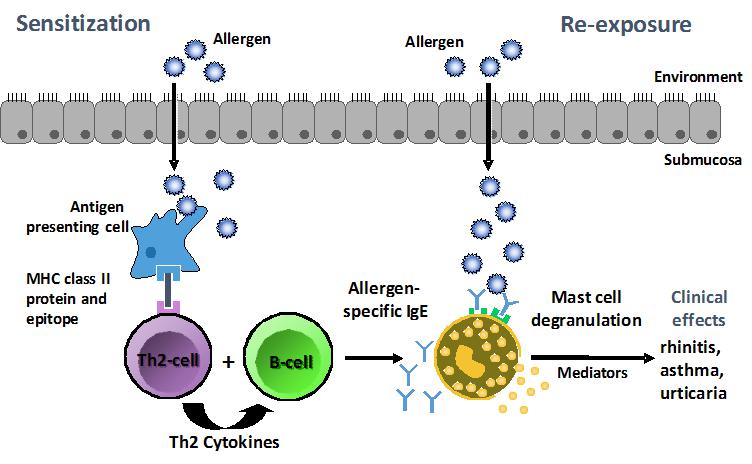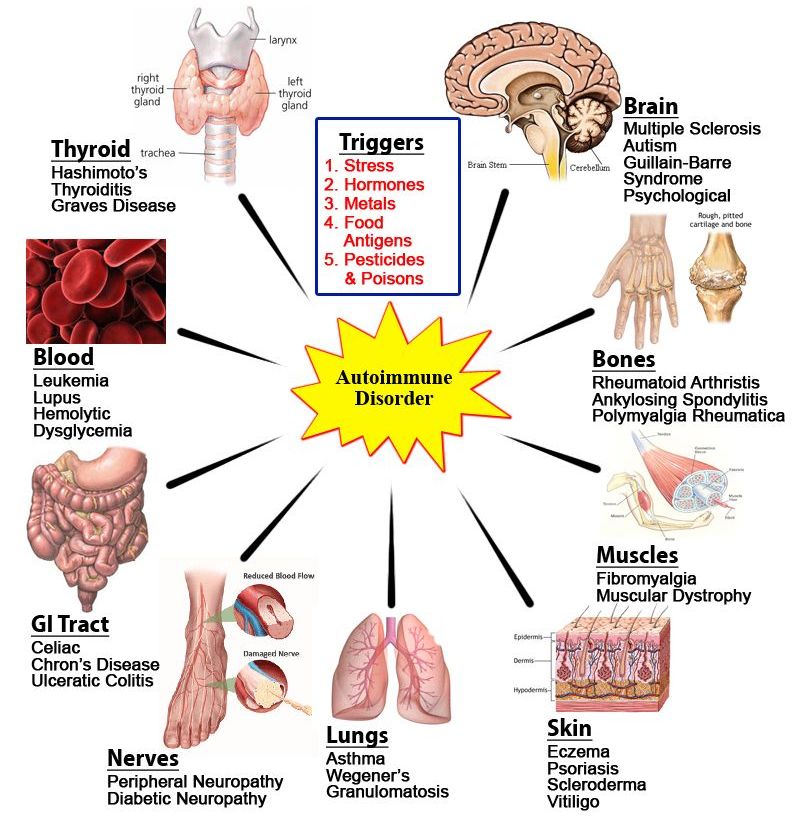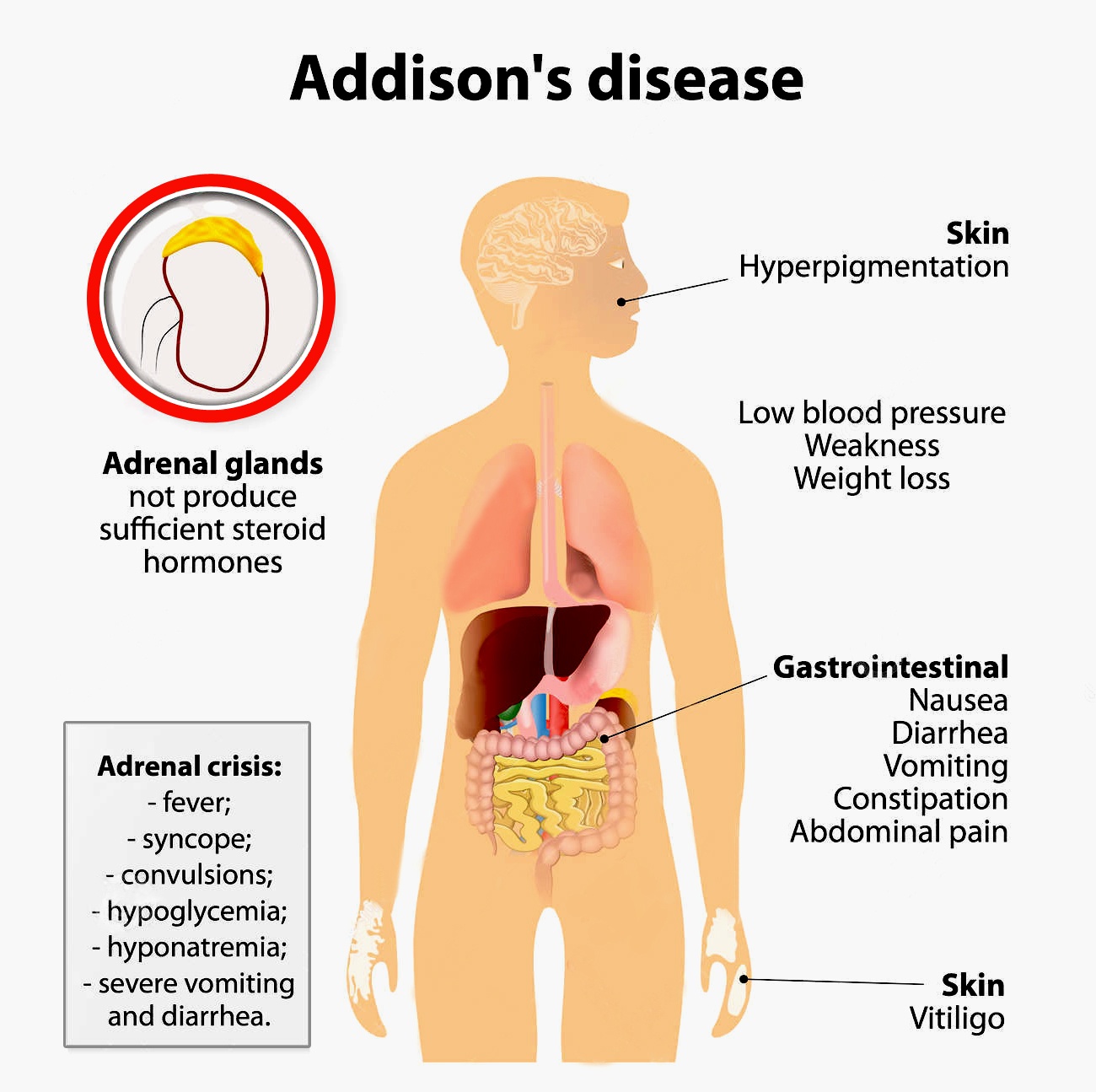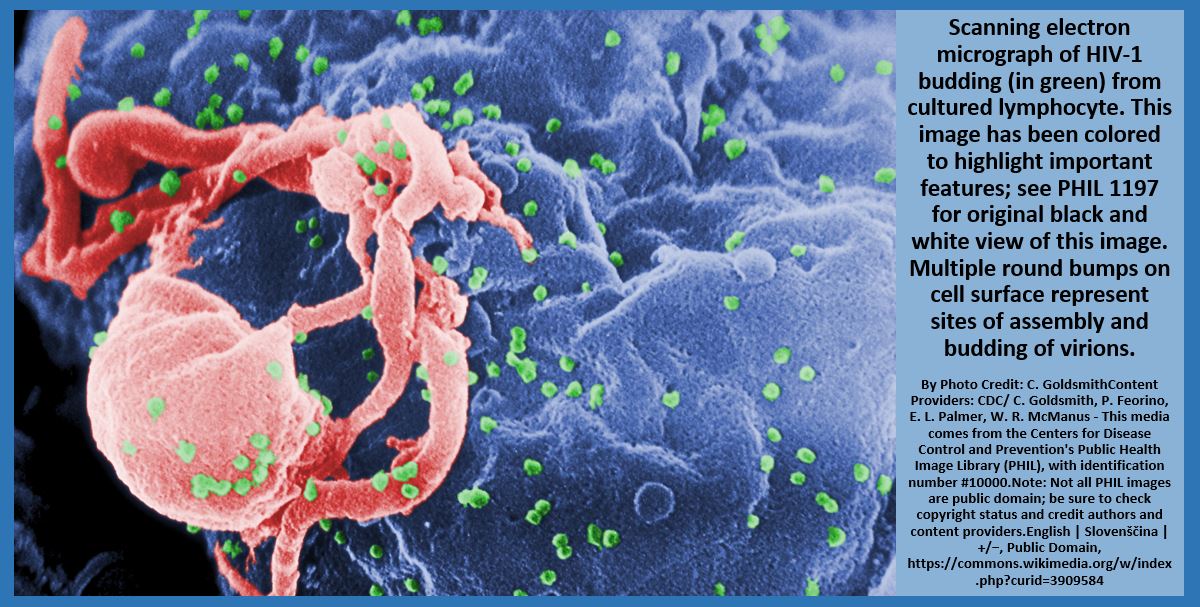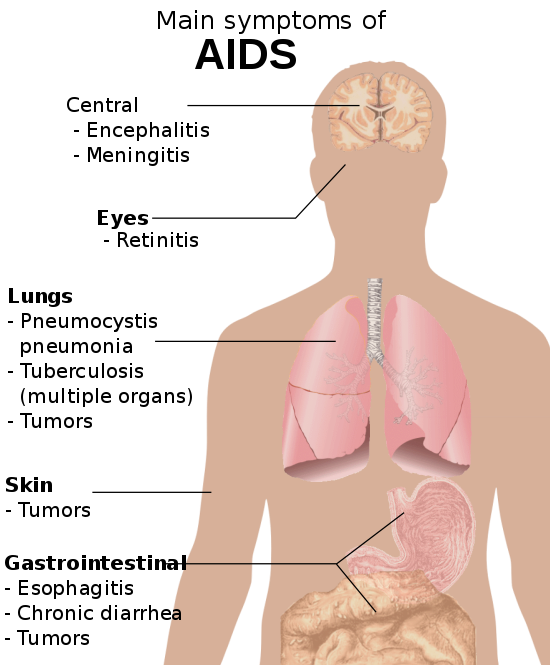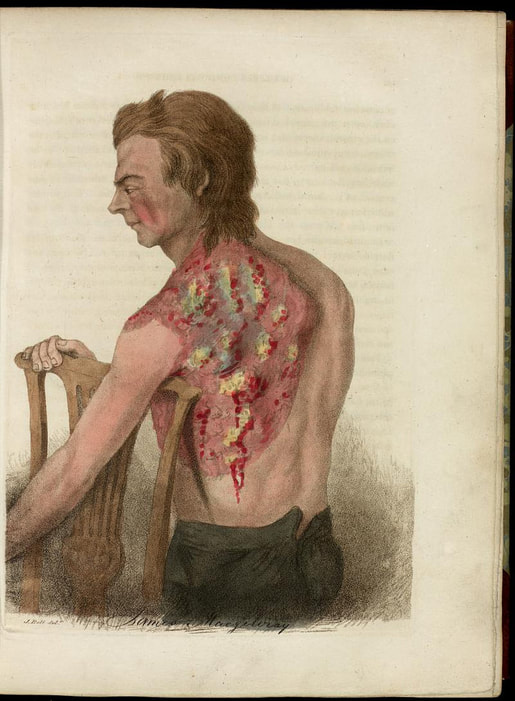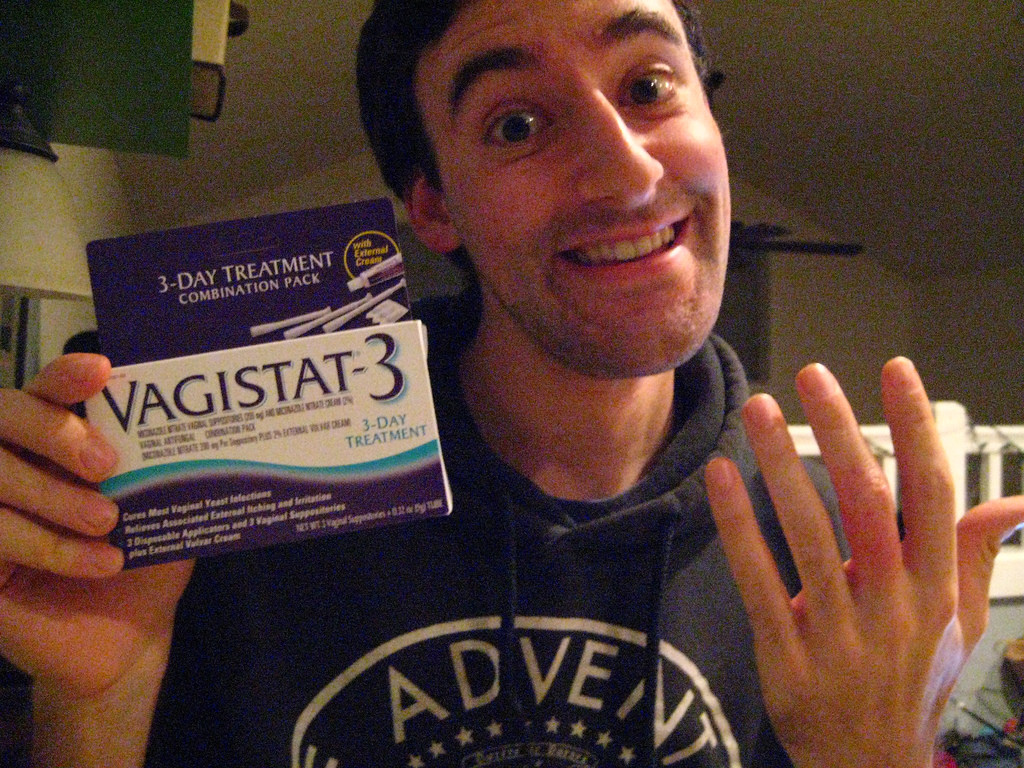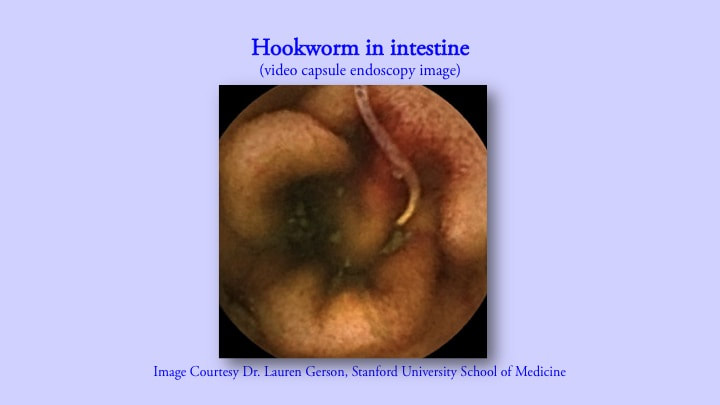| diseases.pptx | |
| File Size: | 17592 kb |
| File Type: | pptx |
Diseases
Dis-ease - a disorder of structure or function in a human, animal, or plant, especially one that produces specific signs or symptoms or that affects a specific location and is not simply a direct result of physical injury.
Diseases of the Immune System
-allergies
•An allergy is an immune response that is harmful to the host rather than protective.
Allergies are very common and wide-spread. Sufferers often experience chronic symptoms and must modify behaviors to avoid the allergen(s). Allergies are a root cause in a number number of conditions caused by hypersensitivity of the immune system. The immune system of allergy sufferers has misidentified an otherwise harmless substance (something that usually causes no problem for most people) as something pathogenic.
Allergies are very common and wide-spread. Sufferers often experience chronic symptoms and must modify behaviors to avoid the allergen(s). Allergies are a root cause in a number number of conditions caused by hypersensitivity of the immune system. The immune system of allergy sufferers has misidentified an otherwise harmless substance (something that usually causes no problem for most people) as something pathogenic.
-types of allergic reactions
•Hay Fever (allergic rhinitis) – mild allergic reaction resulting in symptoms that are much like the common cold. These include, sneezing, congestion, sinus pressure, etc.
•Hives (urticaria) – mild to moderate allergic reaction resulting in red, itchy, raised welts on the skin that persists between 6 and 12 hours.
•Anaphylaxis – A life-threatening allergic reaction resulting in a drop in blood pressure and swelling/constriction of the airways.
-hypersensitivities
- Type I hypersensitivity - allergies are created as the result of an immune response that is categorized as a type I hypersensitivity. Type I hypersensitivities involve immunoglobulin E (IgE) antibody against soluble antigen, triggering mast cell degranulation.
-autoimmune diseases
Autoimmune diseases are caused by a dysfunction of the immune system where an individual's own healthy cells are mistaken for foreign pathogens. The immune system launches an attack on the specific cells it has misidentified as harmful.
- Addison disease is an autoimmune disorder that involves the destruction of adrenal gland cells, leading to kidney failure.
- Celiac disease is an autoimmune disorder that involves the destruction of the body's own cells of the small intestines. This causes diarrhea, abdominal pain and. anemia.
- Diabetes mellitus (type I) is an autoimmune disorder in which the cytotoxic T-cells begin to attack the insulin-producing β cells of the pancreas. Symptoms include hyperglycemia, increased thirst and urination accompanied with weight loss and fatigue.
Autoimmune diseases result from a breakdown in immunological tolerance. The actual induction events that lead to the activation of different autoimmune states are largely unknown.
Immunodeficiencies
Immunodeficiency diseases can be either primary or secondary. Primary immunodeficiencies are caused by genetic abnormalities., whereas secondary immunodeficiencies are acquired through disease, diet, or environmental exposures..
Primary Immunodeficiencies
Severe Combined Immunodeficiency Disease (SCID)
- Deficient humoral and cell-mediated immune responses
- Early development of severe and life-threatening opportunistic infections
- Flawed differentiation of B cells and absence of specific antibodies
- Recurrent infections almost exclusively due to pathogens that cause pyogenic infections
Secondary Immunodeficiencies
Human Immunodeficiency Virus (HIV)
- Impaired cell-mediated immune responses due to CD4 T-cell lymphopenia
- Opportunistic infections, rare cancers
- AIDS is caused by the HIV virus and is the progressive failure of the immune system allows life-threatening opportunistic infections and cancers to thrive.
|
There are three main stages of HIV infection:
|
So when does HIV infection become AIDS?
- A diagnosis of Acquired Immunodeficiency Syndrome (AIDS) is given when/if the CD4+ T cell count below 200 cells per µL
- A diagnosis of Acquired Immunodeficiency Syndrome (AIDS) is given when/if the occurrence of a specific disease associated with a compromised immune system occurs.
The most common of these "early warning" diseases is pneumocystis pneumonia. In fact, 40% of HIV patients that develop AIDS. develop pneumocystis pneumonia as their first AIDS-acquired disease. 20% experience cachexia (wasting disease), while others experience esophageal candidiasis or recurring respiratory infections.
Other Causes of Immunosuppression
Immunosuppressive Therapies (such as chemotherapy or radiotherapy used to treat cancers or immunosuppressant drugs given following organ/tissue transplant)
- Impaired humoral and/or cell-mediated immune responses
- Opportunistic infections, rare cancers
- Impaired humoral and/or cell-mediated immune responses
Diseases of the Skin and Eyes
|
Staphylococcus and Streptococcus cause many different types of skin infections, many of which occur when bacteria breach the skin barrier through a cut or wound.
|
Mycoses of the Skin (Fungal Infection)
Mycoses can be cutaneous, subcutaneous, or systemic.
- Common cutaneous mycoses include tineas caused by dermatophytes of the genera Trichophyton, Epidermophyton, and Microsporum. Tinea corporis is called ringworm. Tineas on other parts of the body have names associated with the affected body part.
- Aspergillosis is a fungal disease caused by molds of the genus Aspergillus. Primary cutaneous aspergillosis enters through a break in the skin, such as the site of an injury or a surgical wound; it is a common hospital-acquired infection. In secondary cutaneous aspergillosis, the fungus enters via the respiratory system and disseminates systemically, manifesting in lesions on the skin.
- The most common subcutaneous mycosis is sporotrichosis (rose gardener’s disease), caused by Sporothrix schenkii.
- Yeasts of the genus Candida can cause opportunistic infections of the skin called candidiasis, producing intertrigo, localized rashes, or yellowing of the nails.
Parasitic Infections of the Skin and Eyes
The protozoan Acanthamoeba and the helminth Loa loa are two parasites that can breach the skin barrier, causing infections of the skin and eyes.
- Acanthamoeba keratitis is a parasitic infection of the eye that often results from improper disinfection of contact lenses or swimming while wearing contact lenses.
- Loiasis, or eye worm, is a disease endemic to Africa that is caused by parasitic Loa Loa worms that infect the subcutaneous tissue of the skin and eyes. It is transmitted by deer fly vectors.
Diseases of the Respiratory System

- Influenza is caused by the Influenza viruses and can be prevented with vaccines that are made up of an inactivated form of the virus.
- Bacterial pneumonia results from infections that cause inflammation and fluid accumulation in the alveoli of the lungs. It is most commonly caused by S. pneumoniae or H. influenzae.
- Tuberculosis (TB) is caused by Mycobacterium tuberculosis. Infection leads to the production of protective tubercles in the alveoli and calcified Ghon complexes that can harbor the bacteria for a long time.
- Pertussis (whooping cough) is caused by Bordetella pertussis. Mucus accumulation in the lungs leads to prolonged severe coughing episodes (whooping cough) that facilitate transmission. Despite an available vaccine, outbreaks are still common.
- Legionnaires disease is caused by infection from environmental reservoirs of the Legionella pneumophila bacterium. The bacterium is endocytic within macrophages and infection can lead to pneumonia, particularly among immunocompromised individuals.
Respiratory Mycoses
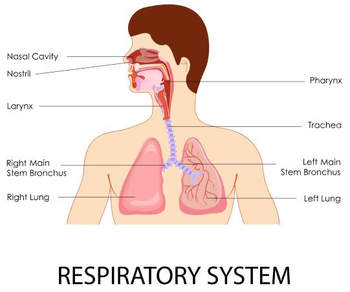
Fungal pathogens are easy to kill in healthy individuals. However, on rare occasions or in immunocompromised patients, the inhalation of fungal spores can cause disease.
- Aspergillosis, caused by the common soil fungus Aspergillus, infects immunocompromised people. Hyphal balls may impede lung function and hyphal growth into tissues can cause damage. Disseminated forms can lead to death.
- Pneumocystis pneumonia is caused by the fungus P. jirovecii. The disease is found in patients with AIDS and other immunocompromised individuals. Sulfa drug treatments have side effects, but untreated cases may be fatal.
Diseases of the Urogenital System |
|
Diseases Caused by Bacterial Pathogens
- Gonorrhea is caused by N. gonorrhoeae, which can cause infection of the reproductive and urinary tracts and is associated with symptoms of urethritis. If left untreated, it can progress to epididymitis, salpingitis, and pelvic inflammatory disease and enter the bloodstream to infect other sites in the body.
- Chlamydia is the most commonly reported STI and is caused by C. trachomatis. Most infections are asymptomatic, and infections that are not treated can spread to involve the epididymis of men and cause salpingitis and pelvic inflammatory disease in women.
- Syphilis is caused by T. pallidum and has three stages, primary, secondary, and tertiary. Primary syphilis is associated with a painless hard chancre lesion on genitalia.
Diseases Caused by Viral Pathogens
- Genital herpes is usually caused by HSV-2 (although HSV-1 can also be responsible) and may cause the development of infectious, potentially recurrent vesicles
- Neonatal herpes can occur in babies born to infected mothers and can cause symptoms that range from relatively mild (more common) to severe.
- Human papillomaviruses are the most common sexually transmitted viruses and include strains that cause genital warts as well as strains that cause cervical cancer.
|
Diseases Caused by Protozoan Pathogens
|
Diseases Caused by Fungal Pathogens
|
- Trichomoniasis is a common STI caused by Trichomonas vaginalis.
- T. vaginalis is common at low levels in the normal microbiota.
- Trichomoniasis is often asymptomatic. When symptoms develop, trichomoniasis causes urinary discomfort, irritation, itching, burning, discharge from the penis (in men), and vaginal discharge (in women).
- Trichomoniasis is treated with the antiflagellate drugs tinidazole and metronidazole.
Diseases of the Digestive System
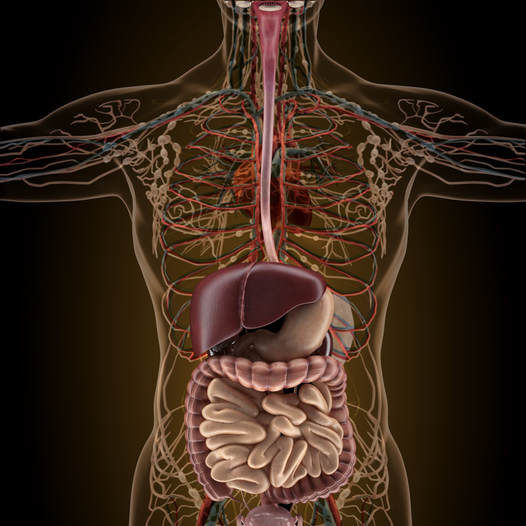
- H. pylori is associated with peptic ulcers.
- Hepatitis is caused by the hepatitis viruses A, B, C, D, and E.
- The hepatitis viruses differ in their modes of transmission, treatment, and potential for chronic infection.
- ascariasis. - Ascaris lumbricoides eggs are transmitted through contaminated food or water and hatch in the intestine. Juvenile larvae travel to the lungs and then to the pharynx, where they are swallowed and returned to the intestines to mature. These nematode roundworms cause ascariasis.
- hookworm infection - Necator americanus and Ancylostoma doudenale cause hookworm infection when larvae penetrate the skin from soil contaminated by dog or cat feces. They travel to the lungs and are then swallowed to mature in the intestines.
- trichinosis - Trichinella spp. is transmitted through undercooked meat. Larvae in the meat emerge from cysts and mature in the large intestine. They can migrate to the muscles and form new cysts, causing trichinosis.
Diseases of the Lymphatic and Circulatory Systems
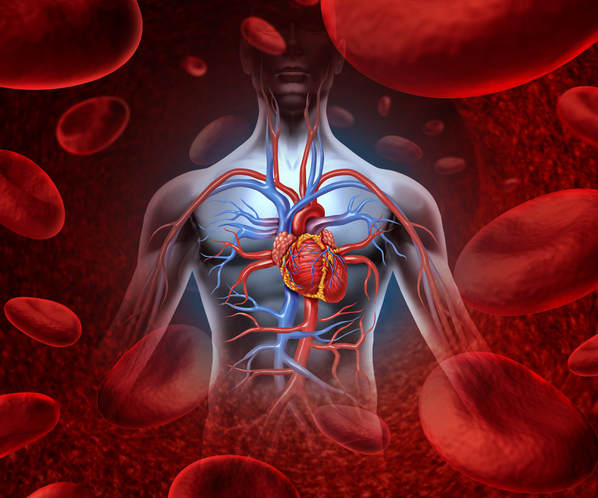
- The circulatory system moves blood throughout the body and has no normal microbiota.
- The lymphatic system moves fluids from the interstitial spaces of tissues toward the circulatory system and filters the lymph. It also has no normal microbiota.
- The circulatory and lymphatic systems are home to many components of the host immune defenses.
- Infections of the circulatory system may occur after a break in the skin barrier or they may enter the bloodstream at the site of a localized infection. Pathogens or toxins in the bloodstream can spread rapidly throughout the body and can provoke systemic and sometimes fatal inflammatory responses such as SIRS, sepsis, and endocarditis.
- Infections of the lymphatic system can cause lymphangitis and lymphadenitis.
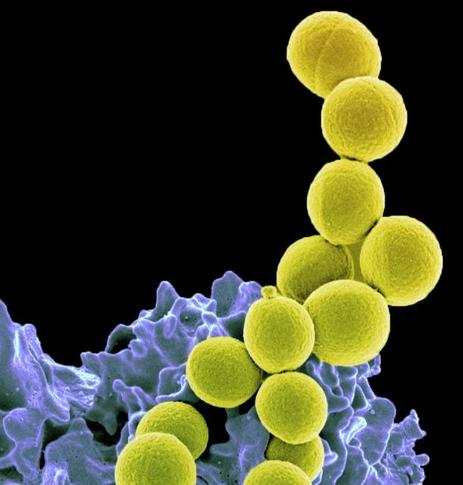
- Bacterial infections of the circulatory system are almost universally serious. Left untreated, most have high mortality rates.
- Bacterial pathogens usually require a breach in the immune defenses to colonize the circulatory system. Most often, this involves a wound or the bite of an arthropod vector, but it can also occur in hospital settings and result in nosocomial infections.
- Sepsis from both gram-negative and gram-positive bacteria, puerperal fever, rheumatic fever, endocarditis, gas gangrene, osteomyelitis, and toxic shock syndrome are typically a result of injury or introduction of bacteria by medical or surgical intervention.
- Tularemia, brucellosis, cat-scratch fever, rat-bite fever, and bubonic plague are zoonotic diseases transmitted by biological vectors
- Ehrlichiosis, anaplasmosis, endemic and murine typhus, Rocky Mountain spotted fever, Lyme disease, relapsing fever, and trench fever are transmitted by arthropod vectors.
Diseases of the Nervous System |
|
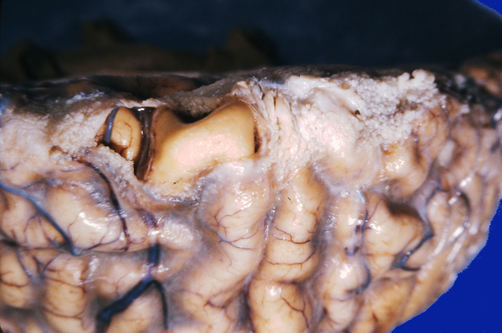
- Since the blood-brain barrier keeps most microbes from being able to enter the brain from the blood stream, there is no normal microbiota in the CNS.
- Some pathogens have specific virulence factors that allow them to breach the blood-brain barrier. Inflammation of the brain or meninges caused by infection is called encephalitis or meningitis, respectively. These conditions can lead to blindness, deafness, coma, and death.
- Bacterial meningitis can be caused by several species of encapsulated bacteria, including Haemophilus influenzae, Neisseria meningitidis, Streptococcus pneumoniae, and Streptococcus agalactiae (group B streptococci). Symptoms of bacterial meningitis include fever, neck stiffness, headache, confusion, convulsions, coma, and death.
- African trypanosomiasis is a serious but treatable disease endemic to two distinct regions in sub-Saharan Africa caused by the insect-borne hemoflagellate Trypanosoma brucei.

